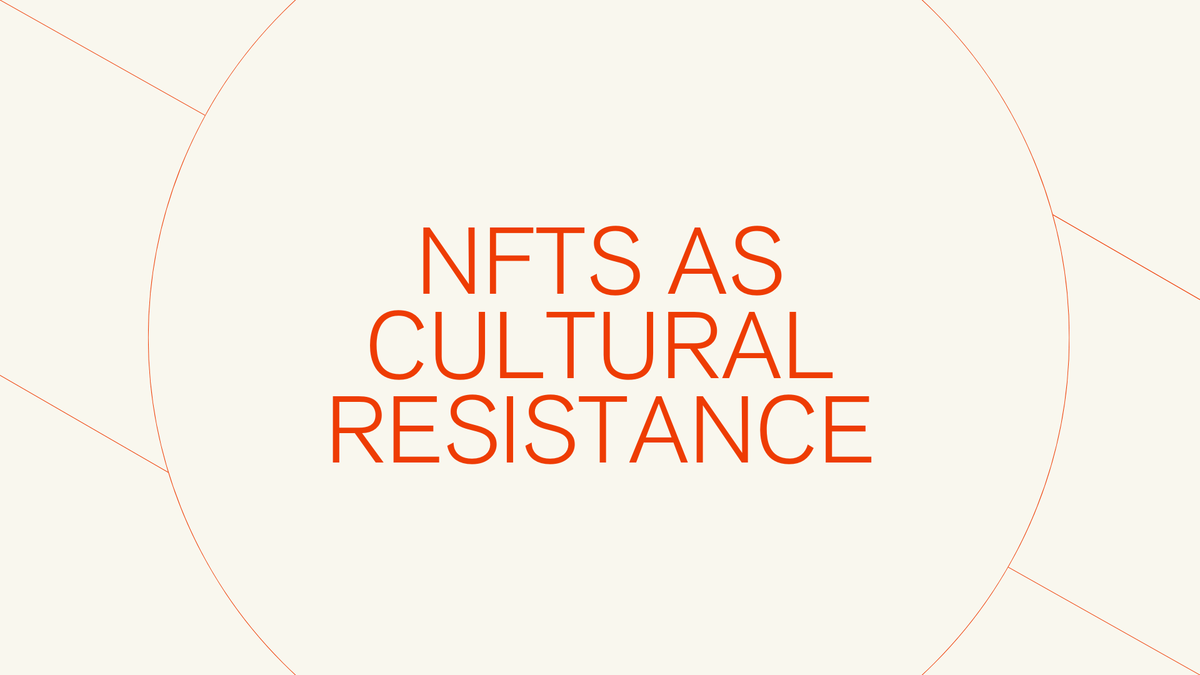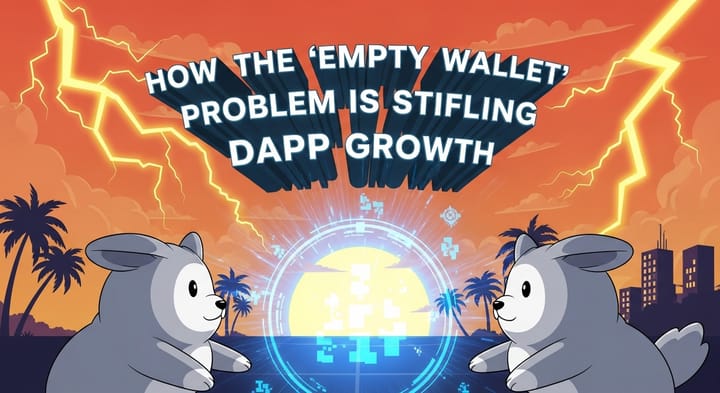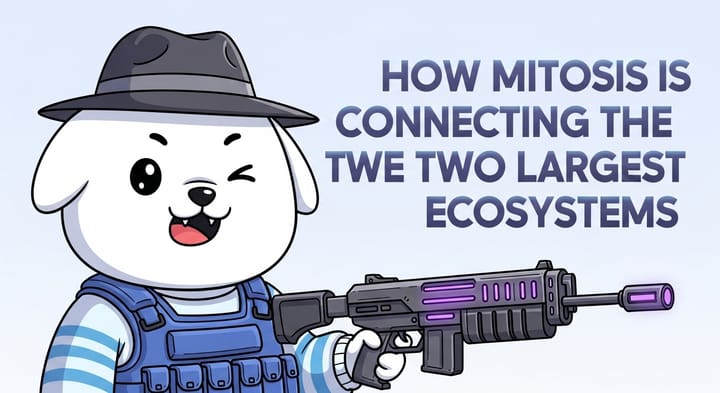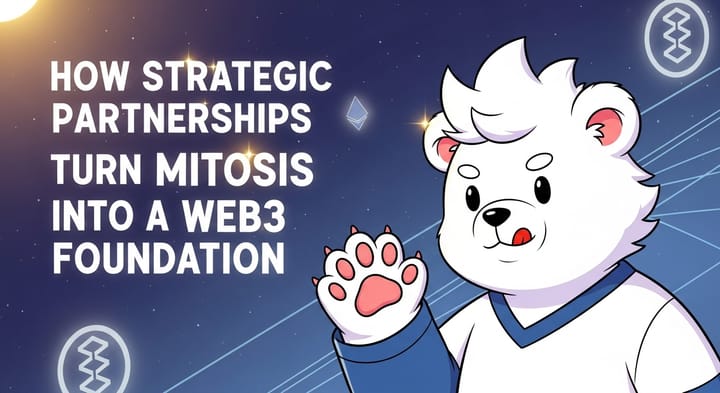NFTs as Cultural Resistance

Non-fungible tokens (NFTs) have reinvented digital ownership, offering a canvas for artistic expression and community building. Beyond speculation, NFTs are powerful tools for cultural resistance, enabling historically marginalized groups to reclaim their stories, assert their identity, and generate income.
Cultural Resistance and Digital Storytelling
Cultural resistance refers to efforts by marginalized communities to contest dominant narratives imposed by colonial, capitalist, or mainstream media structures. Traditionally, gatekeepers such as museums, galleries, and major record labels have controlled which voices get amplified. NFTs disrupt this by providing:
- Direct access to global audiences: Creators mint tokens on platforms like OpenSea or Rarible, bypassing gallery curators or label executives.
- Immutable on-chain provenance: Blockchain’s tamper-proof record ensures artists maintain proof of authorship and ownership.
- Programmable royalties: Smart contracts embedded in tokens guarantee that original creators receive a percentage of each secondary sale.
By encoding art, music, or cultural artifacts as NFTs, communities can tell their own stories, challenge stereotypes, and secure financial rewards.
Barriers in Traditional Cultural Institutions
Marginalized groups have long faced underrepresentation and misrepresentation in cultural spaces:
- Museums and colonial legacies often display sacred artifacts without consent, perpetuating narratives that silence Indigenous voices.
- Art market gatekeeping means only 5% of all auction sales in 2021 were by female artists.
- Media ownership by a few conglomerates shapes which cultural products become mainstream.
NFTs offer an alternative model, decentralizing curation and allowing communities to self-represent on their terms.
NFTs Empowering Cultural Activism: Case Studies
1. Digital Repatriation with CATPC: The Cercle d’Art des Travailleurs de Plantation Congolaise (CATPC) reclaimed a sacred Pende sculpture from the Virginia Museum of Fine Arts. When the museum refused repatriation requests, CATPC partnered with artist Renzo Martens to mint 300 NFTs of the sculpture. Proceeds funded land rehabilitation and community projects in the Congo, effectively creating a digital form of restitution.
2. Women and Climate Justice: Code Green: Code Green collaborates with global activists and artists to launch and celebrate NFTs in partnership with the World Economic Forum and World of Women. Sales support climate justice initiatives, illustrating how NFT transactions can channel funds directly to marginalized communities fighting environmental threats.
3. Disabled Artists United: ARTXV: ARTXV is a collective of neurodiverse and disabled NFT creators who use digital art to challenge ableist norms. By minting artwork that reflects lived experiences—whether autism, ADHD, or dyslexia—they build visibility and economic opportunity for underrepresented artists.
4. Indigenous Futures: Manawa NFT: Manawa NFT, by Aotearoa artists, tokenizes Māori language and storytelling. Proceeds fund language revitalization programs, ensuring that NFTs serve both economic and cultural preservation goals.
Storytelling and Community Building
Beyond standalone artworks, many NFT projects use narrative frameworks to deepen engagement and reclaim identity:
- World of Women celebrates female empowerment through 10,000 hand-drawn avatars. Story arcs explore intergenerational strength, with puzzle-driven drops that engage the WoW community.
- Renga Imagines a post-war robot graveyard where communities scavenge for parts, turning each NFT character into a chapter in a larger saga.
- Mutant Ape Yacht Club Expands the Bored Ape universe with an “Applied Primate Engineering” storyline. Holders influence new plot twists, blurring lines between creators and collectors.
These storytelling NFTs enable collectors to co-author cultural narratives, shifting the dynamic from passive ownership to active participation.
Monetizing Identity and Economic Inclusion
Self-Sovereign Identity on Chain
NFTs can represent personal credentials, academic degrees, professional certifications, or health records, without reliance on centralized authorities. Platforms like Walt.id explore how NFTs for identity enable underbanked individuals to access financial and social services via wallet-based credentials.
Fractional Ownership of Cultural Assets
Tokenizing real-world assets like land, music royalties, or even ancestral estates, enables fractional investment. For communities lacking traditional credit or land titles, blockchain identification offers transparent, permissionless access to global capital markets.
Artist-Led Cooperatives
Projects like Treetopia issue Dynamic Semi-Soulbound Tokens (DSSTs): NFTs that “level up” as community members plant trees, merging environmental justice with economic rewards.
Challenges and Considerations
While NFTs hold promise for cultural resistance, they also raise critical issues:
- Environmental Impact: Proof-of-work blockchains consume significant energy. Solutions include migrating to proof-of-stake (Ethereum 2.0) or using carbon-offset NFTs like Ecosapiens.
- Digital Divide: High gas fees and technical complexity can exclude low-income creators. Layer-2 solutions and subsidized minting platforms help reduce barriers.
- Intellectual Property and Exploitation: Unauthorized tokenization of cultural artifacts can perpetuate the very appropriation NFTs aim to combat. Clear community-led licensing frameworks are vital.
- Speculation vs. Sustained Impact: NFT markets can be volatile. Long-term initiatives must emphasize social utility over hype, linking tokens to tangible community outcomes.
Future Directions
To maximize cultural resistance, stakeholders should focus on:
- Decentralized Governance DAOs that grant voting power and revenue shares to community members, ensuring that project directions align with collective needs.
- Interoperable Cultural Layers Standards like ERC-725 for identity can link NFT credentials across metaverses, preserving cultural narratives in evolving digital worlds.
- Educational Outreach Web3 literacy programs that equip marginalized creators with tools for minting, marketing, and community governance.
- Ethical Frameworks Collaborative guidelines, drafted with Indigenous, Black, and Disabled leaders, for respectful tokenization and revenue distribution.
Conclusion
NFTs are more than digital collectibles; they are instruments of empowerment and cultural reclamation. By enabling decentralized storytelling, on-chain identity, and direct economic participation, NFTs offer a revolutionary path for marginalized communities to reclaim narratives and monetize identity. The potential is vast, but realizing it demands intentional design, technical accessibility, and robust ethical frameworks.
As Web3 matures, culturally resistant NFT projects will continue to shape both virtual and physical worlds, ensuring that diverse voices not only survive but thrive on the frontier of digital culture.
References
- Harvard Business Review – “How NFTs Are Disrupting Art and Ownership”https://hbr.org/2021/11/how-nfts-create-value
- Taylor & Francis / International Journal of Heritage Studies – “Activating refusal: exploring NFTs to disrupt museum ownership” https://doi.org/10.1080/13527258.2023.2277794
- NonFungible.com – “NFT culture: a diverse, equitable and inclusive future?” https://www.nonfungible.com/news/opinions/nft-culture-diverse-equitable-inclusive-future
- Walt.id – “Introduction: NFTs for Identity” (whitepaper) https://walt.id/white-paper/nfts-for-identity
- BlockApps Inc. – “NFT Projects with a Purpose: Case Studies” https://blockapps.net/blog/nft-projects-with-a-purpose-case-studies/
MITOSIS official links:
GLOSSARY
Mitosis University
WEBSITE
X (Formerly Twitter)
DISCORD
DOCS



Comments ()